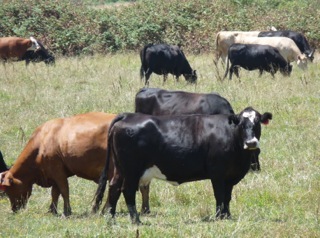Drought Resources for Ranchers
Thinking Long-Term During Droughts
By Tim Hammerich with the Ag Information Network
Rangeland livestock producers in California are some of the first people to experience the impacts of drought conditions. The University of California Cooperative Extension has developed several drought planning tools for ranchers. Dan Macon is the livestock and natural resources adviser covering Placer, Nevada, Sutter, and Yuba counties.
“Kind of the theme that runs throughout drought strategies for ranchers is that we’ve got to figure out some way to balance the demand that we have for forage with the supply that mother nature gives us. And so those tools are either to try to reduce our numbers or reduce our forage demand through a variety of strategies or to buy in forage, to lease new ground, to buy hay. Those are really the overriding strategies that people have available to them,” said Macon.
Macon said many ranchers have had to thin their herds to adjust to the dry conditions. A livestock producer himself, he urged fellow ranchers to try to think long term.
“Think about your financial resilience in the face of drought, how you’re going to maintain your genetic base, and really how you’re going to protect the ecological base of your ranch. It’s easy to get into that kind of negative, ‘everything is bad’ perspective, and I would really challenge folks to think about what their ranch will be like when this is over,” said Macon.
The drought resources for ranchers can be found on the UCANR website.

















